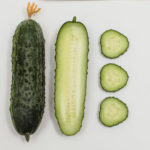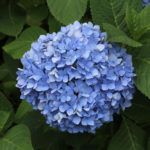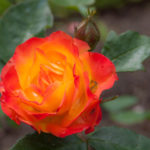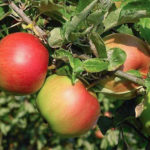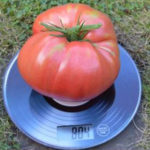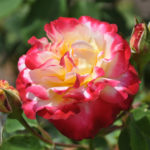Hydrangea paniculata Fraise melba
There is an opinion that the more noble the flower, the more claims it makes to the growing conditions and care. However, this is a delusion. Not every cultivated and varietal plant is capricious and capricious. Freise Melba can serve as a proof of this statement.
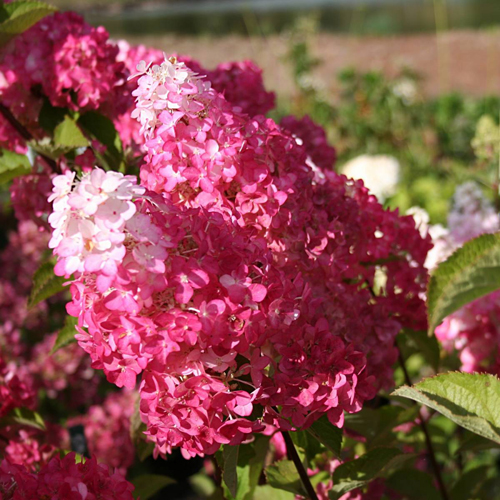
History of origin
The specified variety of panicle hydrangea saw the world relatively recently - in 2014. French breeders have been working on its creation for a whole decade. As a result, they got an amazing decorative flowering shrub, which quickly gained popularity among flower growers. The direct author of this variety was the breeder Jean Reno. He bred the variety in the middle of the last century. Russian lovers of varietal plants learned about Fries Melba at the Gardens and People exhibition, where the presentation of the hybrid took place.
Description of appearance and features
It's hard not to pay attention to this amazing hydrangea. The bush is 1.7 to 2.1 meters high and about 2 meters wide, formed by upright shoots that are not prone to branching and have a burgundy-brownish tint. Shoots are provided with simple, whole, ovoid leaves with pointed ends, with a smooth shiny surface and serrated raised edges, which makes them look like miniature boats. An interesting fact: the leaves of Fries melba are colored dark green, and the petioles on which they "sit" are bright, coral red. But the most attractive in this variety are undoubtedly the inflorescences. Dense, in the form of a pyramid or cone, they are downright huge - 30-40, and sometimes up to 45 cm in length. The color of sterile flowers, densely located throughout the volume of the inflorescence, changes twice during the flowering season. With the onset of this period, it is milky white, in the middle of the phase it turns into pale pink, and at the end it acquires a rich wine shade of red. It is worth noting that at the beginning of blooming, the flowers are not at all snow-white, but yellowish-greenish.
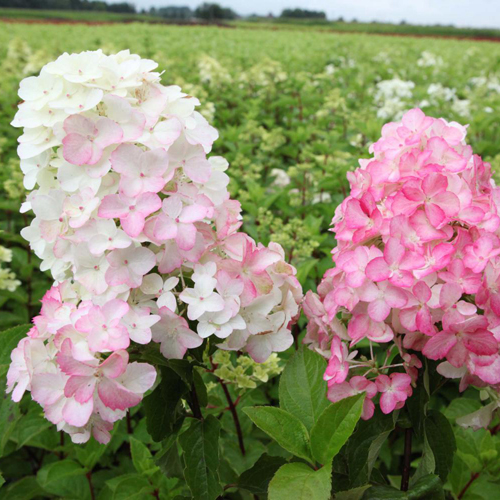
The flowering of panicle hydrangea lasts from mid-July to late autumn, until frost begins. By the way, the cold is not so terrible for this plant, since the variety has high winter hardiness. For this reason, it can be cultivated in the northern latitudes of our country. The luxurious flower is immune to most bacterial and fungal diseases. Not interested in Fries melba and insect pests. Due to the stiffness and flexibility of the shoots, the ornamental shrub does not need support, does not require tying.
Growing conditions and care
Hydrangea must be provided with enough sunlight so that it blooms for a long time and abundantly. However, even when placed in partial shade, Fraise melba will not let you down. Direct rays of the sun should not fall on the inflorescences and foliage of the culture, otherwise the decorative effect of the shrub will decrease. In order to avoid damage to the bush by the wind, it is worth choosing a place for it next to any structure or fence.
Freise Melba is a moisture-loving beauty. It is advisable to use soft water for irrigation, with a pH of about 5.5. Moistening the soil under the flower is carried out up to three times a week. On hot days, hydrangeas require several times more water than normal.
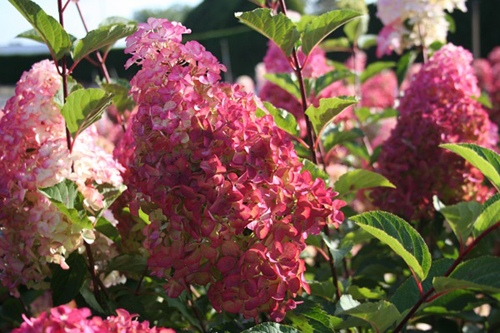
Feeding is no less important than watering for the variety. They should be done every 10-15 days. At the beginning of the period of active growth, organic matter (humus) is introduced into the soil, and at the stage of budding they switch to phosphorus-potassium fertilizers. They feed the culture until the fall.
An obligatory care measure is mulching the soil under the bush.This is necessary for long-term preservation of moisture in the soil. Chopped peat, pieces of tree bark or dry sawdust are used as mulch. It is also important to loosen the soil the next day after watering in the immediate vicinity of the Fries Melba root system.
Hydrangea seedlings are rooted in the spring when the above-zero air temperature is established in a fertile, preferably loamy, slightly acidified soil mixture consisting of turf, peat, sand. The specified substrate is poured into the pit prepared for planting, additionally adding superphosphate and manure there. The roots of the plant are shortened, after which they are planted. Keep in mind that you cannot choose limestone-rich soil for Fraise melba.
The flower is propagated by dividing the bush during planting, as well as by cuttings and layering. The seed method is practically irrelevant here.
Use cases
Fries melba is actively used in landscape design. With the participation of this variety, they create chic garden compositions. Floral ensembles, consisting of different types of panicle hydrangea, attract the eye. The plant goes well with cuffs, phloxes, rhododendrons and stonecrop. You can form flower beds with 3-4 shrubs of this culture. But in no case plant a flower next to birch trees, so as not to deprive it of moisture.
